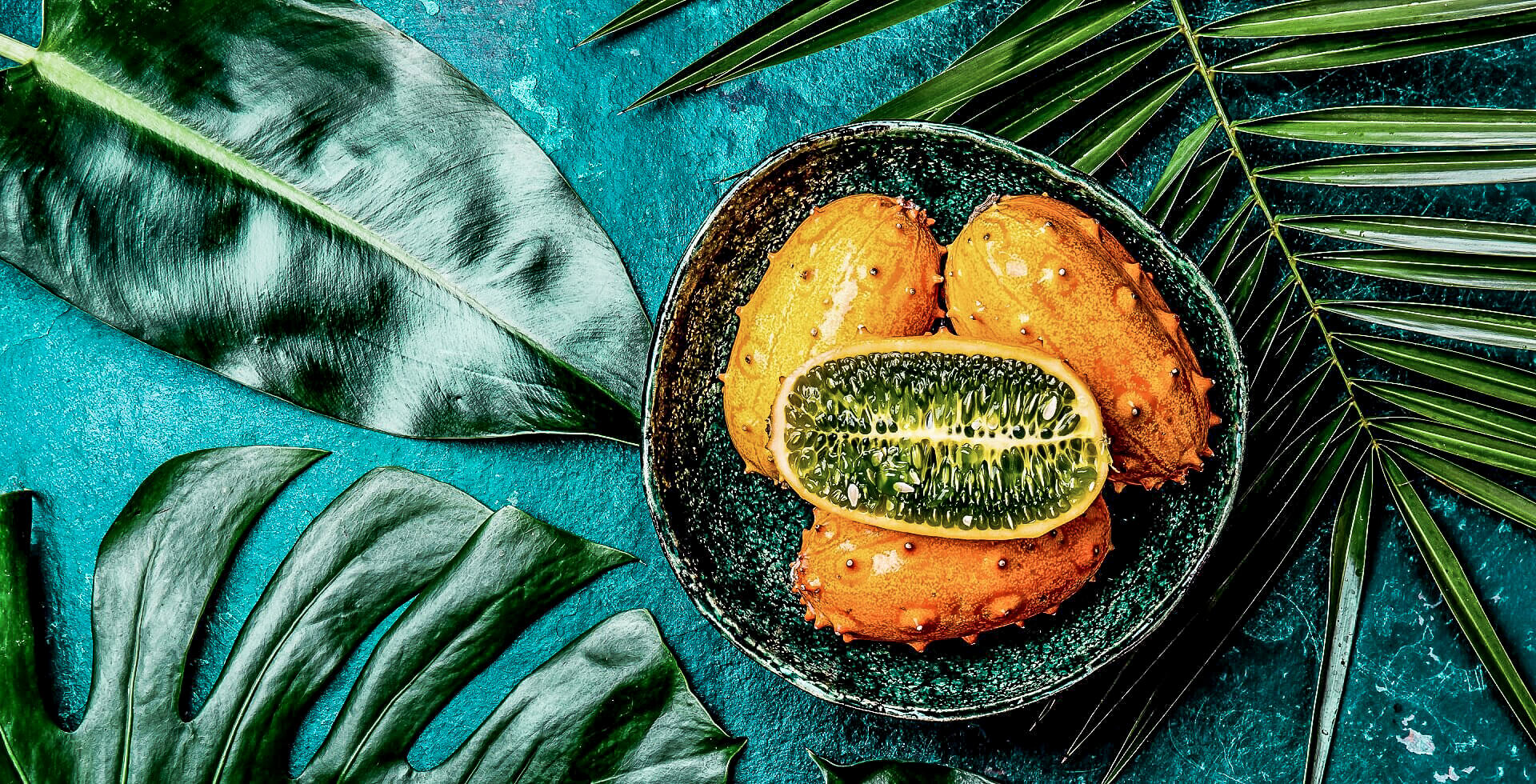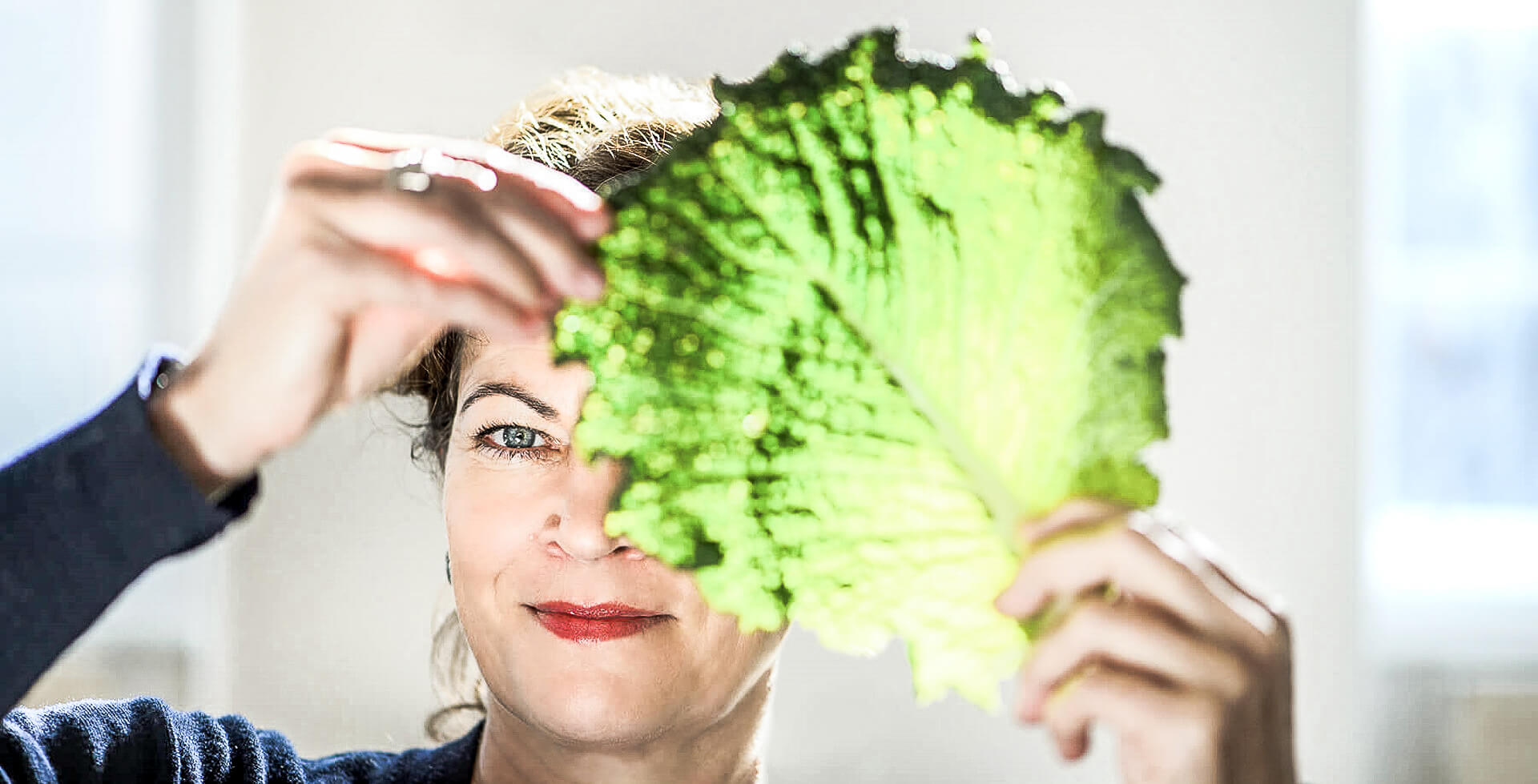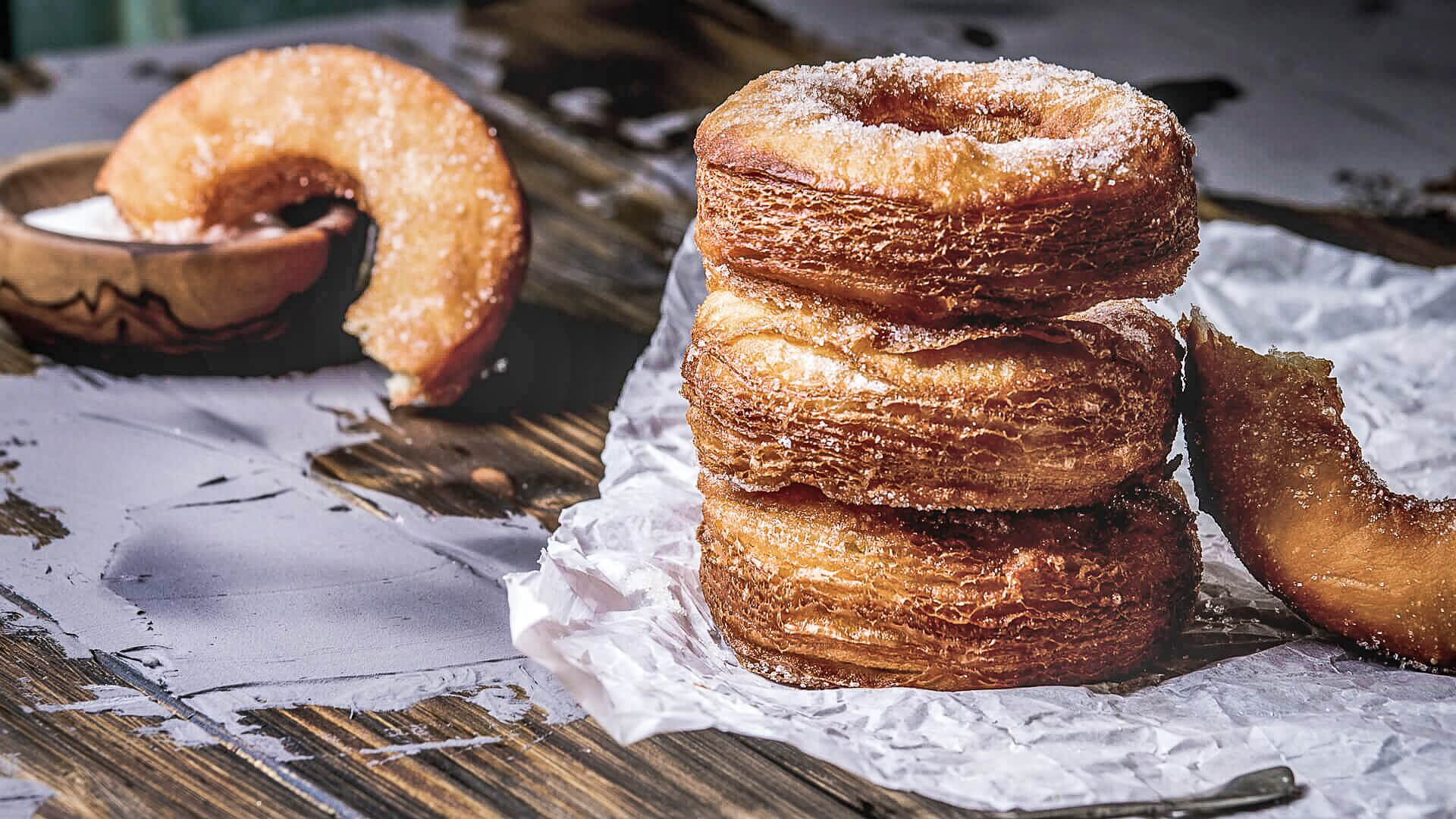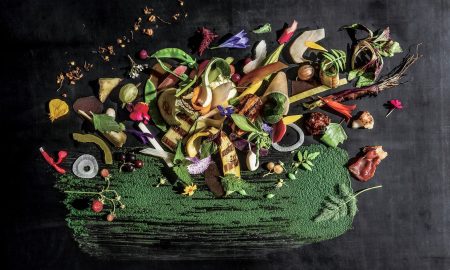Kiwano taste and origin
That’s because the kiwano – also known as horned melon – which belongs to the cucurbit family, tastes like an entire fruit cocktail in one, with flavors primarily similar to lime, melon, passion fruit and banana. Around four inches wide and two inches thick, the fruit comes from the steppe plains of the Kalahari region in Africa. Today, however, Kiwano is also grown outside Africa, namely in Israel, Portugal, Australia or New Zealand. It is now available on the European market all year round.
Hard shell, gooey center – how to eat kiwano properly
A kiwano is eaten in a similar way to the kiwi: you cut it in half lengthwise and then simply scoop out the gooey green pulp. Although the seeds are edible, if you are bothered by them, you can strain the inside through a sieve. The hard and robust shell of the tropical fruit is not edible, however you can easily use it as a container to make a fruity cocktail or as a bowl for a fruit salad, for example.
Sieh dir diesen Beitrag auf Instagram an
Green-orange interplay of colors
Kiwano changes color as it matures – from green to yellow to orange. When buying, make sure the fruit peel is an intense yellow-orange color and undamaged, and its thorns are firm. The fruit can be stored at room temperature for some time. If the thorns or the peel of the fruit become soft, it is a sign that it is spoiled. In this case, it should not be eaten, but rather thrown away.
Using the kimono in (professional) kitchens
Its relatively high price and exotic appearance make the kiwano the perfect exclusive ingredient for salads, for example. The refreshing fruit pulp of the kiwano is also ideal for decorating or adding to desserts or fruit salads.















